What Is A Good Telescope For Astrophotography ?
A good telescope for astrophotography is one that has a large aperture and a long focal length. This allows for better light gathering and magnification, which is important for capturing detailed images of celestial objects. Refracting telescopes are often preferred for astrophotography due to their lack of internal reflections and chromatic aberration. However, reflector telescopes can also be used with the addition of a coma corrector. Some popular telescopes for astrophotography include the Celestron EdgeHD series, the Sky-Watcher Esprit series, and the Takahashi FSQ-106EDX4. It is also important to consider the mount and tracking system, as well as the camera and accessories used for astrophotography.
1、 Aperture size and focal length
"What is a good telescope for astrophotography?" is a common question among amateur astronomers who want to capture stunning images of celestial objects. The answer to this question depends on several factors, including the type of astrophotography you want to do, your budget, and your level of experience.
One of the most important factors to consider when choosing a telescope for astrophotography is the aperture size. The larger the aperture, the more light the telescope can gather, which means you can capture more detail in your images. A good rule of thumb is to choose a telescope with an aperture of at least 80mm for astrophotography.
Another important factor to consider is the focal length of the telescope. A longer focal length will give you a narrower field of view, which is ideal for capturing detailed images of planets and other small objects. On the other hand, a shorter focal length will give you a wider field of view, which is better for capturing larger objects like galaxies and nebulae.
In recent years, there has been a growing trend towards using refractor telescopes for astrophotography. Refractors are known for their excellent image quality and low maintenance requirements, making them a popular choice among amateur astrophotographers. However, they can be more expensive than other types of telescopes, so it's important to consider your budget when making your decision.
Ultimately, the best telescope for astrophotography will depend on your individual needs and preferences. It's important to do your research and choose a telescope that will help you achieve your astrophotography goals while staying within your budget.
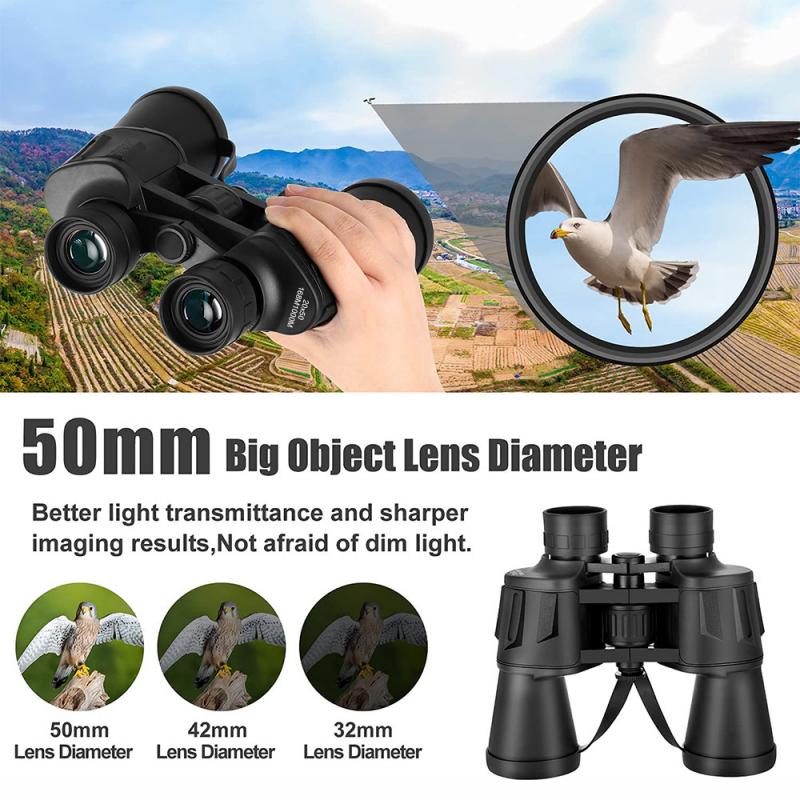
2、 Mount stability and tracking accuracy
What is a good telescope for astrophotography? The answer to this question depends on several factors, including the type of astrophotography you want to do, your budget, and your level of experience. However, two critical factors to consider when choosing a telescope for astrophotography are mount stability and tracking accuracy.
Mount stability is essential because it determines how well your telescope will stay in place during long exposure times. A stable mount will prevent vibrations and movement, which can cause blurry images. A good mount for astrophotography is one that is sturdy, well-built, and can support the weight of your telescope and camera equipment.
Tracking accuracy is also crucial because it determines how well your telescope will follow the movement of the stars. A good tracking system will keep your telescope pointed at the same spot in the sky for extended periods, allowing you to capture clear and detailed images. A high-quality tracking system will also compensate for the Earth's rotation, which can cause stars to appear to move across the sky.
In recent years, there has been a growing trend towards using smaller, more portable telescopes for astrophotography. These telescopes are often equipped with advanced tracking systems and can produce stunning images despite their smaller size. Additionally, many astrophotographers are now using mirrorless cameras, which are lighter and more compact than traditional DSLRs, making them easier to use with smaller telescopes.
In conclusion, when choosing a telescope for astrophotography, it is essential to consider mount stability and tracking accuracy. A stable mount and accurate tracking system will help you capture clear and detailed images of the night sky. Additionally, the latest trend towards smaller, more portable telescopes and mirrorless cameras has made astrophotography more accessible than ever before.
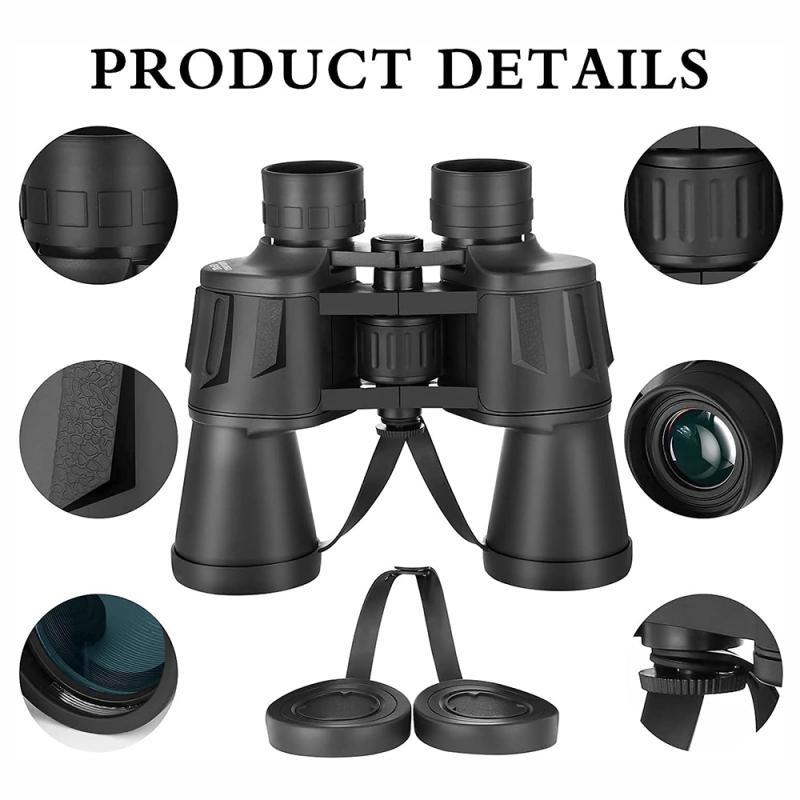
3、 Camera compatibility and adaptability
What is a good telescope for astrophotography? The answer to this question depends on several factors, including the type of astrophotography you want to do, your budget, and your level of experience. However, two key factors to consider when choosing a telescope for astrophotography are camera compatibility and adaptability.
Camera compatibility is important because you will need to attach a camera to your telescope in order to capture images of the night sky. Some telescopes come with built-in camera mounts, while others require additional accessories to attach a camera. It is important to choose a telescope that is compatible with your camera and that allows you to easily attach and detach your camera as needed.
Adaptability is also important because astrophotography requires a lot of experimentation and adjustment. You will need a telescope that allows you to make fine adjustments to the focus, exposure, and other settings in order to capture the best possible images. Look for a telescope that is easy to adjust and that allows you to make precise changes to your settings.
In terms of the latest point of view, many astrophotographers are now using refractor telescopes for astrophotography. Refractors are known for their sharp, clear images and are often preferred for capturing detailed images of planets and other celestial objects. However, reflector telescopes are also popular for astrophotography and are often more affordable than refractors. Ultimately, the best telescope for astrophotography will depend on your individual needs and preferences.

4、 Optical quality and coatings
"What is a good telescope for astrophotography?" is a common question among amateur astronomers who want to capture stunning images of celestial objects. The answer to this question depends on several factors, including the type of astrophotography you want to do, your budget, and your level of experience.
One of the most important factors to consider when choosing a telescope for astrophotography is optical quality and coatings. The quality of the optics determines how much light the telescope can gather and how sharp the images will be. Coatings on the lenses or mirrors can also affect the amount of light that is reflected or absorbed, which can impact image quality.
In general, telescopes with larger apertures and high-quality optics are better for astrophotography. Refracting telescopes are a popular choice for astrophotography because they have fewer optical aberrations than reflecting telescopes. However, reflecting telescopes can also produce excellent images if they have high-quality mirrors and coatings.
Another important consideration is the type of mount you use. A sturdy equatorial mount is essential for astrophotography because it allows you to track celestial objects as they move across the sky. A motorized mount with a computerized tracking system can make it easier to capture long-exposure images.
Finally, it's important to choose a telescope that is compatible with your camera and other accessories. Many telescopes come with adapters that allow you to attach a camera or other imaging equipment. Make sure to choose a telescope that is compatible with the type of camera you plan to use.
In conclusion, a good telescope for astrophotography should have high-quality optics and coatings, a sturdy equatorial mount, and be compatible with your camera and other accessories. The latest point of view is that there are many excellent telescopes available for astrophotography at a range of price points, so it's important to do your research and choose a telescope that meets your specific needs and budget.
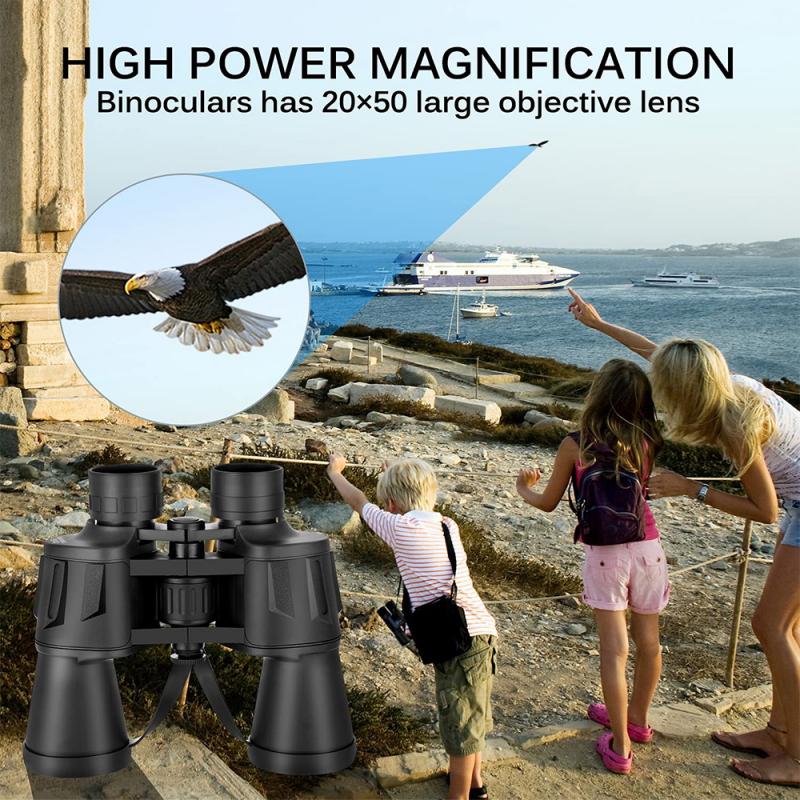

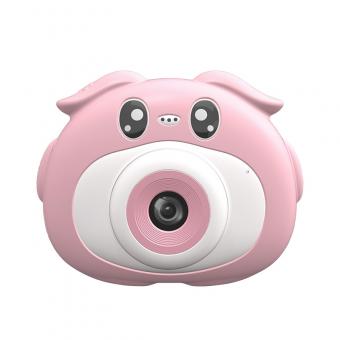
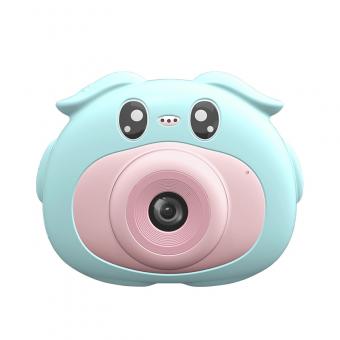

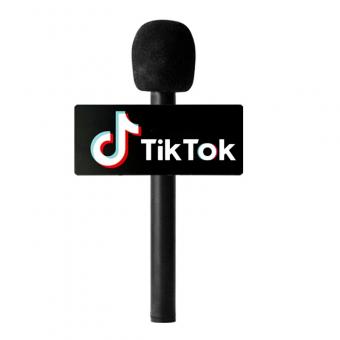





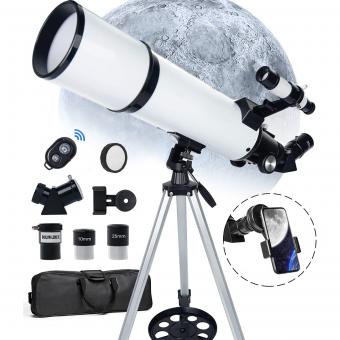



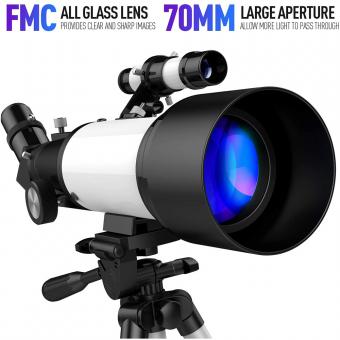




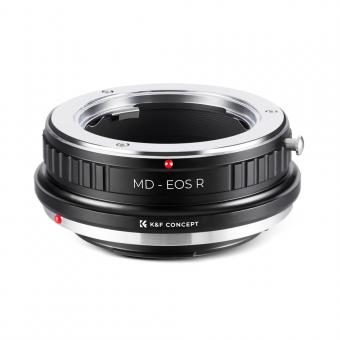
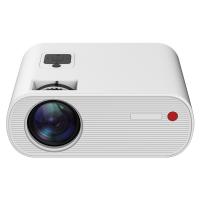
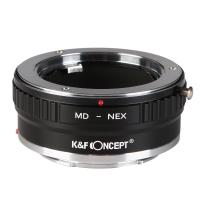

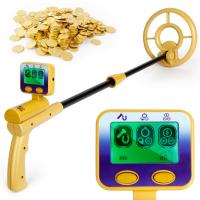
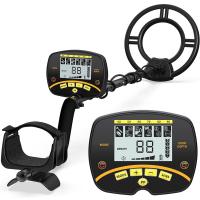





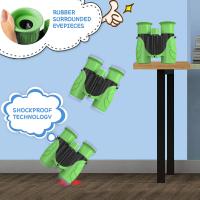

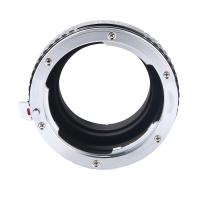
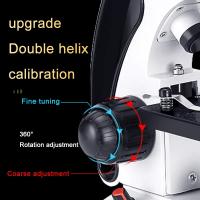

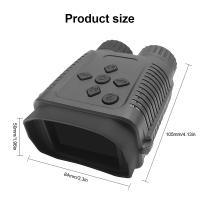
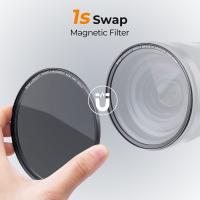
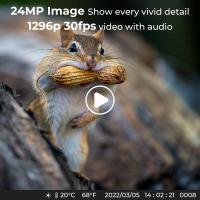
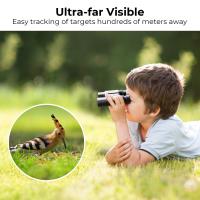
There are no comments for this blog.